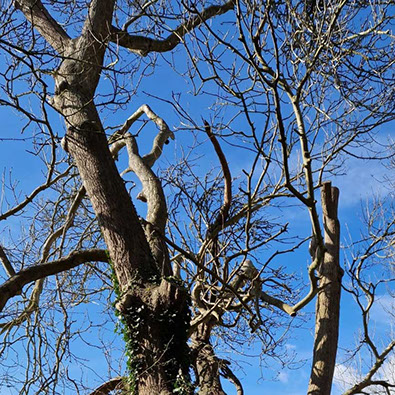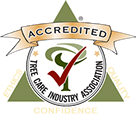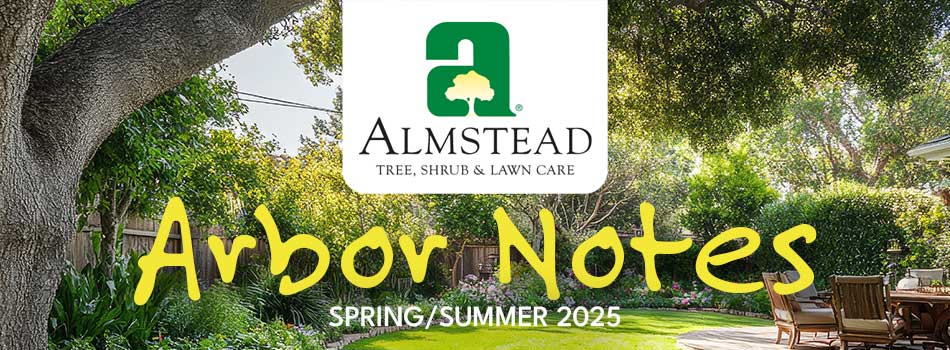The science of preserving nature since 1964
Tree Care:
Is Your Tree Dead or Just Late to Leaf Out?
As the growing season moves into full swing, homeowners may notice that some trees in their landscape still haven’t fully leafed out — or aren’t showing signs of life at all. Understandably, this raises concerns. Is the tree dead, or is it simply taking longer to recover from a stressful winter?
Delayed leaf-out is more common than many people realize, especially after an unusual fall and winter like the one we just experienced. A combination of late-season drought and early freezing temperatures placed significant stress on many trees. Those with preexisting health issues or shallow root systems — such as ornamental or recently transplanted trees — are particularly vulnerable. As a result, some trees are now slow to break dormancy or are pushing out only partial foliage.
The cool, wet spring has created ideal conditions for the development of leaf fungal diseases across the region. We’ve seen a noticeable increase in infections, with oaks and hickories being especially affected by anthracnose and similar pathogens.
In other cases, what appears to be delayed leafing may actually be a sign of dieback, a condition where buds or branch tips fail to develop due to winter injury, disease, or underlying stress. You may notice sparse foliage, smaller-than-normal leaves, or sections of the canopy that remain bare. While this can be alarming, it doesn’t necessarily mean the entire tree is dead or needs to be removed.
That’s why a professional assessment is so important. Our arborists can evaluate the tree’s condition by inspecting buds, branches, and trunk health. In some cases, a tree may be in partial decline but still structurally sound and capable of recovery with the right care—such as pruning, soil treatments, or targeted fertilization. Other times, a tree may be structurally compromised or fully dead, in which case safe removal is warranted.
It’s important not to rush to remove a tree without understanding the full picture. Mature trees are valuable assets to your landscape, and many can be saved with timely intervention. At Almstead, our arborists are trained to distinguish between temporary stress and permanent decline—and to develop appropriate care plans based on your tree’s specific situation.


LOCATIONS:
Lower Westchester County, NY and New York City
58 Beechwood Ave, New Rochelle, NY 10801
914-576-0193
Upper Westchester (North of I-287)
15 Broadway, Hawthorne, NY 10532
914-741-1510
Fairfield County, Connecticut
547 Hope Street, Stamford CT 06907
203-348-4111
Bergen & Passaic Counties, NJ
504 High Mountain Road, North Haledon, NJ 07508
973-636-6711
Contact us for a Free Consultation
